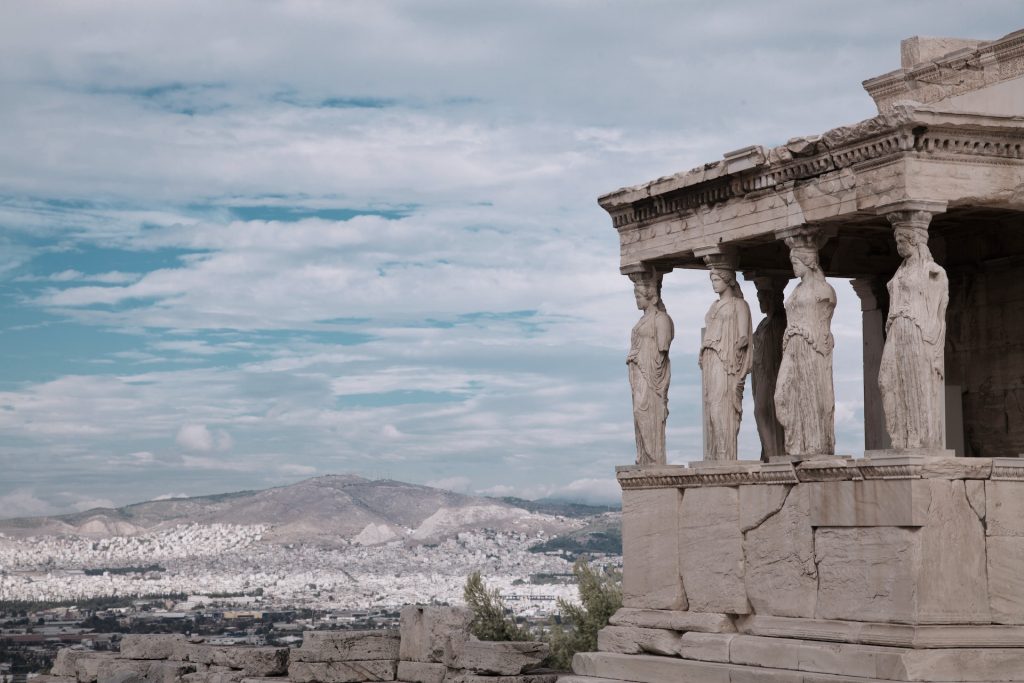Rome, the city of seven hills, was one of the greatest empires in history. With its vast wealth, powerful army, and advanced technology, Rome dominated the Western world for centuries. But despite its many achievements, Rome also fell, its once-great empire collapsing under the weight of political corruption, economic instability, and military defeat. In this article, we’ll take a closer look at the rise and fall of the Roman Empire.
The Rise of Rome
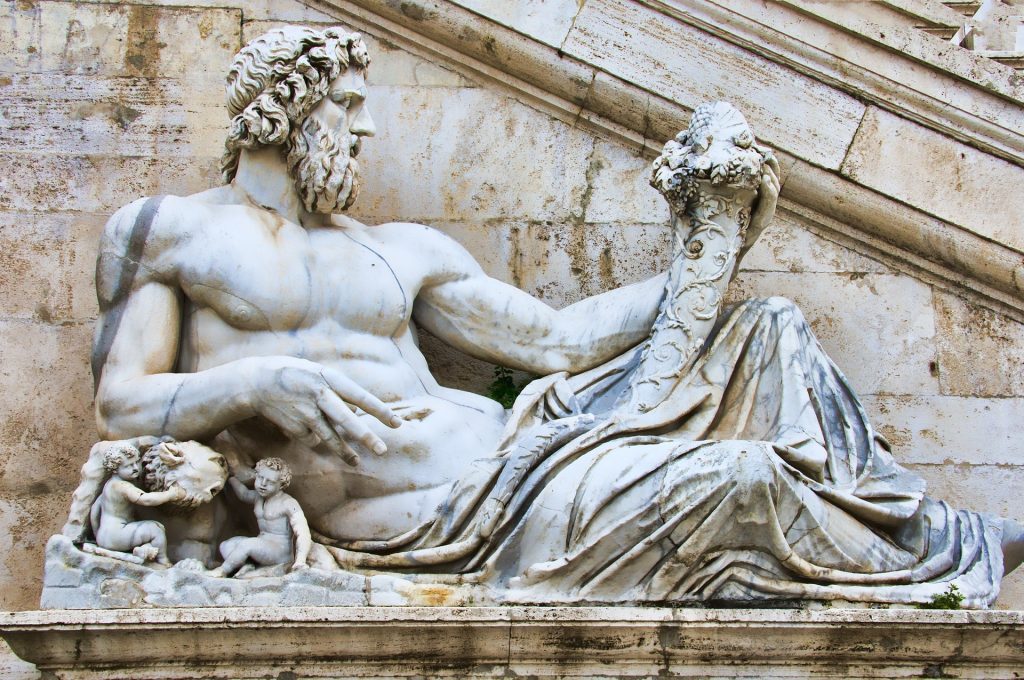
Rome was founded in 753 BC, and over the next several centuries, it grew into a powerful city-state. By the end of the Republic period in the 1st century BC, Rome had conquered much of Italy and was expanding its control throughout the Mediterranean world.
One of the key factors in Rome’s success was its military might. The Roman army was well-trained, well-equipped, and disciplined, and it was able to defeat its enemies with ease. Rome also had a well-developed system of roads and aqueducts, which allowed it to control and supply its far-flung territories.
Another factor in Rome’s success was its economic prosperity. The Roman economy was based on agriculture, trade, and manufacturing, and it was highly sophisticated for its time. Rome was also a hub of culture and learning, with a thriving community of artists, writers, and intellectuals.
Here is a list of important events in the rise of the Roman Empire:
- The founding of Rome in 753 BC
- The Roman Republic established in 509 BC
- The Punic Wars (264-146 BC), in which Rome emerged as the dominant power in the Mediterranean world
- The conquest of Italy and the creation of a unified Italy in the 3rd century BC
- The reforms of the Roman Republic in the 2nd century BC, including the reorganization of the army and the introduction of new coinage
- The rise of Julius Caesar and the end of the Roman Republic in 44 BC
- The establishment of the Roman Empire under Augustus in 27 BC
- The Pax Romana (27 BC – 180 AD), a period of relative peace and stability throughout the empire
- The expansion of the empire under the Five Good Emperors (96-180 AD)
- The crisis of the 3rd century AD, which saw a series of military and political struggles and the eventual emergence of the Roman Empire as a dominant Christian state in the 4th century AD.
This list provides an overview of some of the key events that marked the rise of the Roman Empire, from its founding to its emergence as a dominant Mediterranean power.
The Golden Age of Rome
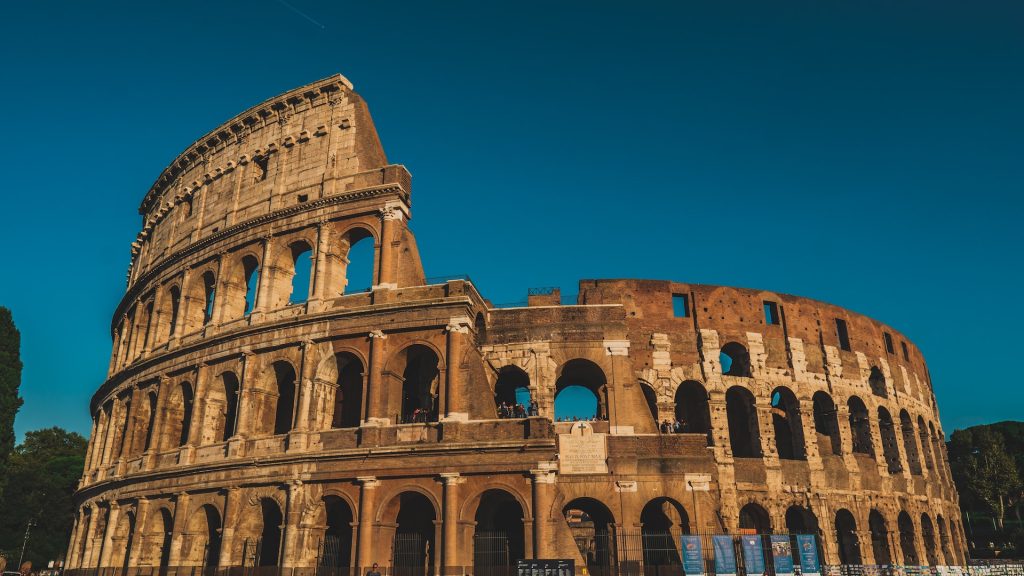
The Reign of Augustus (27 BC – 14 AD) marked the beginning of the Roman Empire, and it was during this time that Rome reached its height of power and prosperity. Augustus brought stability to the empire after years of civil war and political turmoil, and he established a number of reforms that helped to strengthen the government and the economy.
Under Augustus, the Roman army continued to expand the empire, and Rome became the dominant power in the Mediterranean world. Augustus also invested heavily in public works projects, such as roads, aqueducts, and public buildings, which helped to improve the lives of ordinary Romans.
The period of the Roman Empire is often referred to as the “Golden Age of Rome”, and it was during this time that the empire achieved its greatest cultural, artistic, and intellectual achievements. Rome was home to a thriving community of scholars and artists, who produced works of lasting value, including the epic poem “The Aeneid” by Virgil and the history book “The Annals” by Tacitus.
Of course, successful emperors have a great importance in the golden age of the Roman Empire. Here is a list of important emperors of the Roman Empire, along with brief information for each one:
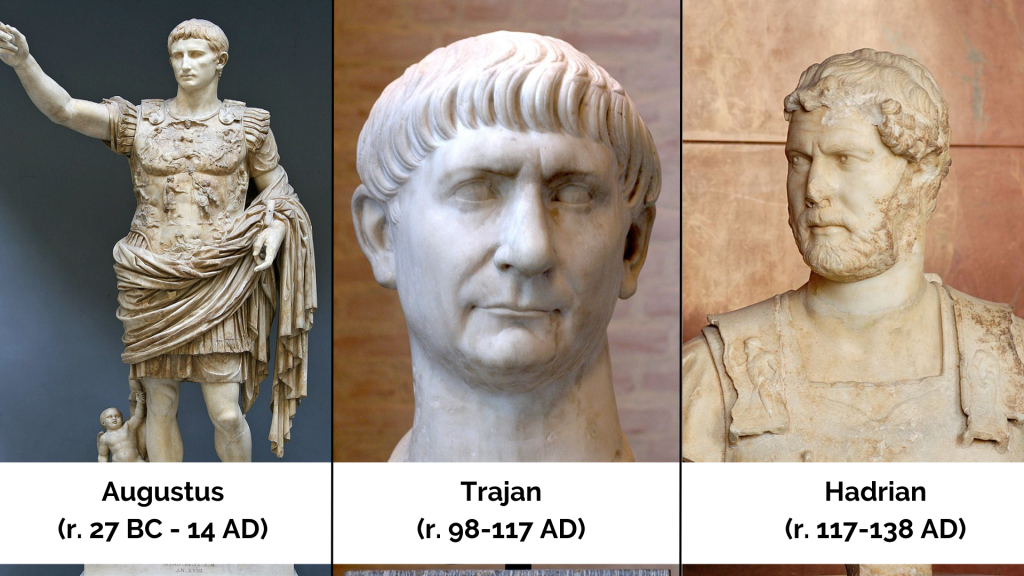
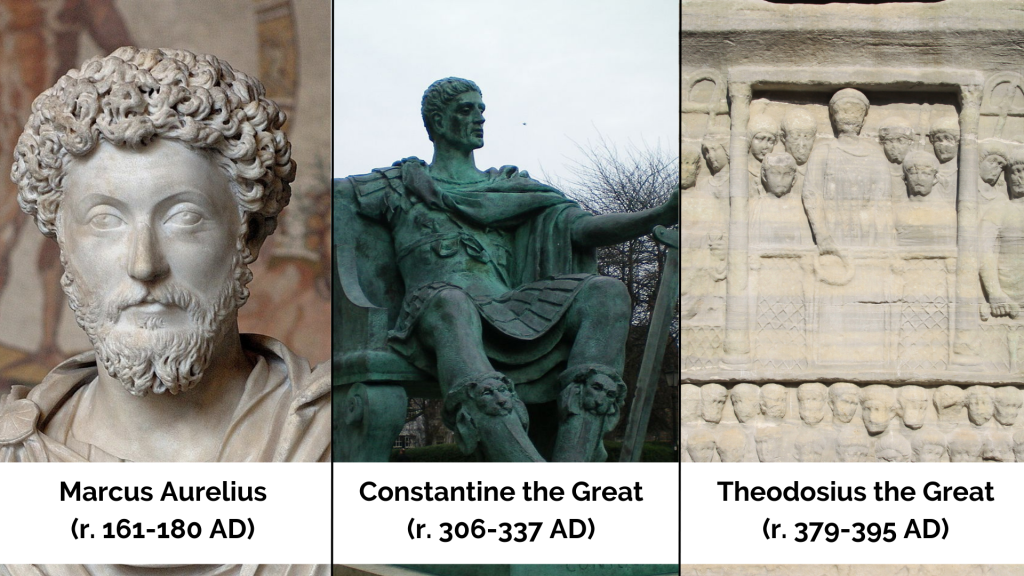
- Augustus (r. 27 BC – 14 AD) – Augustus was the first Roman emperor and the founder of the Roman Empire. He came to power after the end of the Roman Republic and established a new form of government based on the principles of the principate. Augustus was a master of propaganda, using his vast resources to promote a positive image of himself and his rule, and he transformed the Roman Republic into a powerful and stable empire.
- Trajan (r. 98-117 AD) – Trajan was a successful military leader and a competent administrator, and he expanded the Roman Empire to its greatest extent, including the conquest of Dacia (modern-day Romania) and the annexation of much of the Near East. He is also known for his construction of public works and buildings, including the famous Trajan’s Column in Rome.
- Hadrian (r. 117-138 AD) – Hadrian was a patron of the arts and a lover of Greek culture, and he made a significant impact on the Roman Empire through his building projects, including the construction of Hadrian’s Wall in Britain, and his philosophical and literary pursuits. He also stabilized the empire after a period of military unrest and reinforced the power of the emperor.
- Marcus Aurelius (r. 161-180 AD) – Marcus Aurelius was a Stoic philosopher and a strong leader, known for his wisdom and military campaigns against invading Germanic tribes. He wrote the famous work “Meditations”, which is still widely read today and reflects his philosophy of living a virtuous and meaningful life.
- Constantine the Great (r. 306-337 AD) – Constantine the Great was a key figure in the Christianization of the Roman Empire, and he is best known for his conversion to Christianity and the establishment of Constantinople as the new capital of the empire. He was also a competent military leader and a skilled politician, and he transformed the Roman Empire into a Christian state.
- Theodosius the Great (r. 379-395 AD) – Theodosius the Great was the last emperor to rule over a united Roman Empire, and he is known for his role in the finalization of the Nicene Creed, a statement of Christian belief that has been used in the Western Church to this day. He was a devout Christian and a strong military leader, and he helped to shape the Roman Empire into a Christian state.
The Decline of Rome
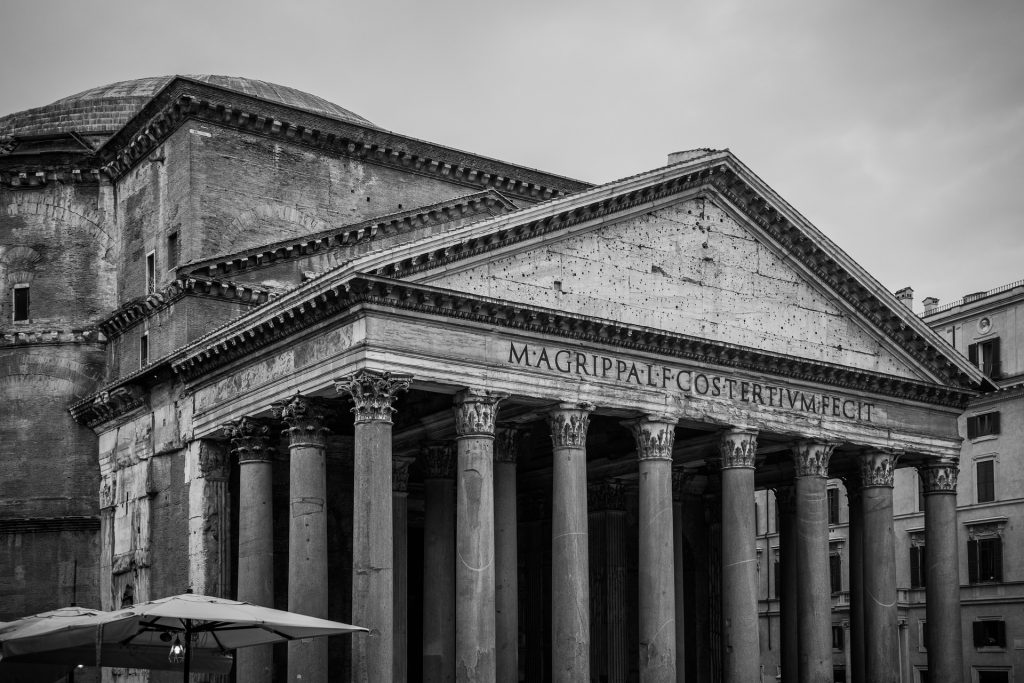
Despite its many achievements, Rome began to decline in the 3rd and 4th centuries AD. A number of factors contributed to this decline, including political corruption, economic instability, and military defeat.
One of the main reasons for Rome’s decline was political corruption. The Roman government was plagued by corruption, with officials and politicians more concerned with their own power and wealth than with the well-being of the empire. This corruption undermined the effectiveness of the government and made it difficult for Rome to respond to the many challenges it faced.
Another factor in Rome’s decline was economic instability. The Roman economy was based on slavery, and as the supply of slaves declined, so did the economy. At the same time, the cost of maintaining the vast Roman army and the empire’s far-flung territories became increasingly burdensome, putting a strain on the economy.
Finally, military defeat was a major factor in Rome’s decline. The Roman army was no longer able to defend the empire from its enemies, and as a result, Rome suffered a series of devastating losses. The empire was eventually sacked by the Visigoths in 410 AD, and it was sacked again by the Vandals in 455 AD. These two events marked the beginning of the decline of the Western Roman Empire, which eventually led to its fall in 476 AD. The decline of the Roman Empire can be attributed to a number of factors, including political corruption, military decline, and economic collapse. However, despite its decline, the legacy of the Roman Empire lived on in its contributions to language, law, and architecture, which continue to shape Western civilization to this day.
Best Architectural Works of Art from the Roman Empire
The Roman Empire was a hub of architectural innovation and creativity, and its architectural works of art continue to inspire and awe visitors to this day. From monumental triumphal arches and temples, to innovative market complexes and public bathhouses, the Romans left a lasting legacy of architectural masterpieces. This table showcases some of the best architectural works of art from the Roman Empire, highlighting the key features, location, and significance of each structure. Whether you’re an architecture enthusiast or simply fascinated by the rich history of the Roman Empire, this table provides an excellent starting point for exploring the many architectural treasures of this great civilization.
| Name | Location | Date | Description | Significance |
|---|---|---|---|---|
| Colosseum | Rome, Italy | 80 AD | Amphitheater for gladiatorial games and public spectacles | One of the largest and most iconic structures from ancient Rome, and an iconic symbol of the Roman Empire’s power and engineering prowess |
| Pantheon | Rome, Italy | 118-125 AD | Temple to all the gods | A remarkable feat of engineering and architectural design, with a dome that was the largest of its kind in the world for many centuries, and remains one of the best-preserved ancient structures in Rome |
| Aqueducts | Various | Various | Engineering marvels that brought water to Roman cities | A testament to the Romans’ advanced engineering and construction skills, and their ability to harness the power of water to support their growing empire |
| Circus Maximus | Rome, Italy | 6th century BC-5th century AD | Chariot racing stadium | The largest stadium in ancient Rome, and a symbol of the empire’s love for entertainment and spectacle |
| Baths of Caracalla | Rome, Italy | 212 AD | Public bath complex | One of the largest and most magnificent public bath complexes of ancient Rome, and an example of the Romans’ appreciation for hygiene and leisure |
| Trajan’s Market | Rome, Italy | 107 AD | Market complex and shopping center | An innovative design for a market complex, with multiple levels and a central courtyard, and an example of the Romans’ advanced urban planning |
| Hadrian’s Wall | England, UK | 122 AD | Defensive fortification | One of the largest construction projects of the Roman Empire, spanning 73 miles, and a testament to the Romans’ military and engineering prowess |
| Mausoleum of Augustus | Rome, Italy | 28 BC | Tomb of the first Roman emperor | An early example of monumental architecture in ancient Rome, and a symbol of Augustus’ power and legacy |
| Thermae of Titus | Rome, Italy | 80 AD | Public bath complex | One of the earliest and largest public bath complexes in ancient Rome, and an example of the Romans’ appreciation for hygiene and leisure |
| Arch of Titus | Rome, Italy | 81 AD | Triumphal arch | A symbol of the Roman Empire’s military power and victory, and an example of the Romans’ monumental architecture |
| Temple of Venus and Roma | Rome, Italy | 121 AD | Temple dedicated to the goddesses Venus and Roma | One of the largest temples in ancient Rome, and a symbol of the empire’s religious and cultural heritage |
Political Corruption: A Major Contributor to the Decline of the Roman Empire
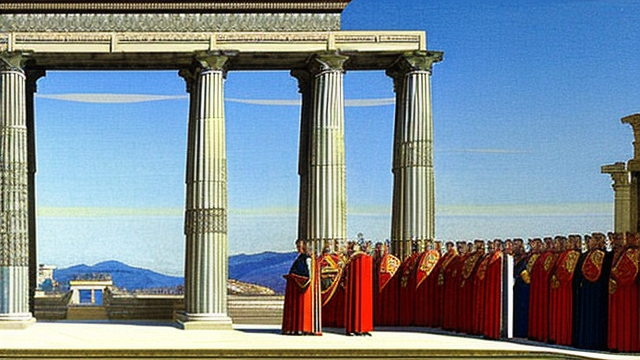
One of the major contributors to the decline of the Roman Empire was political corruption. The emperors and politicians of the time were more concerned with their own personal interests than the well-being of the empire and its citizens. This corruption led to widespread dissatisfaction among the population, which ultimately contributed to the decline of the empire. Additionally, political instability and the frequent changes in leadership also weakened the empire and made it vulnerable to external threats.
Military Decline: A Significant Factor in the Fall of the Roman Empire
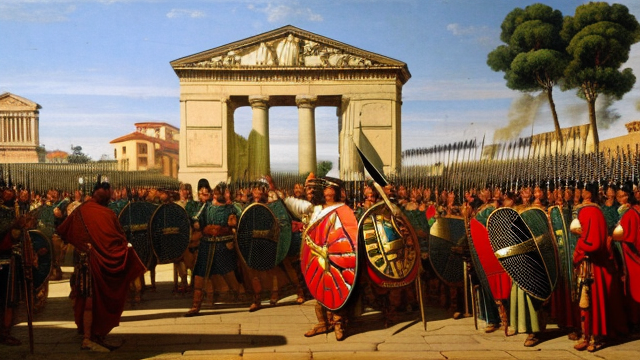
Another major factor that contributed to the decline of the Roman Empire was military decline. The Roman army, once the most powerful and feared in the world, was no longer able to defend the empire against external threats. This was due to a combination of factors, including a lack of resources, declining morale among the troops, and the lack of competent leaders. Additionally, the empire was also plagued by internal conflict, which further weakened its military capabilities.
Economic Collapse: The Final Nail in the Coffin of the Roman Empire
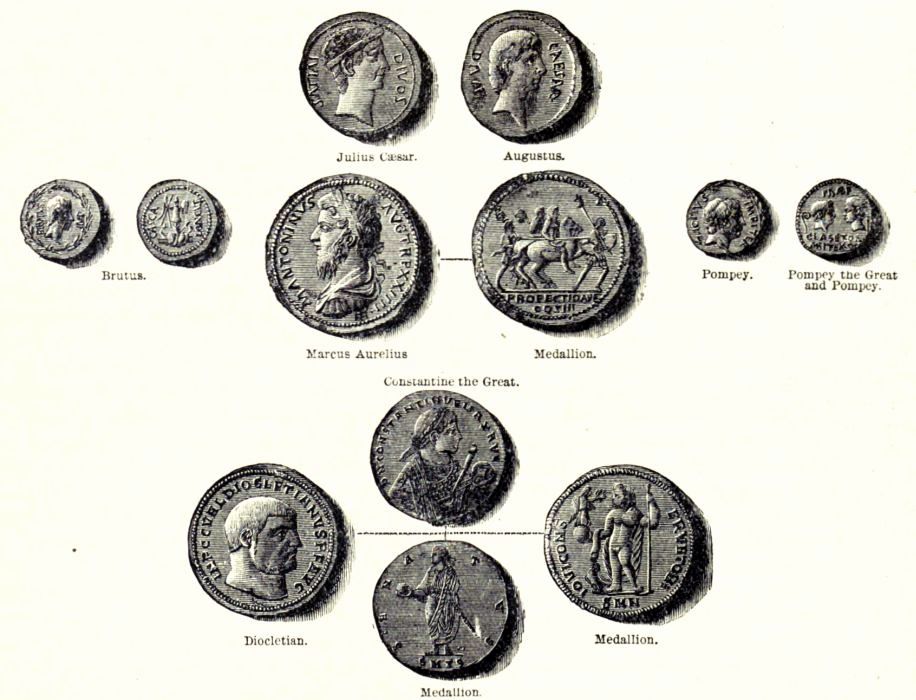
In addition to political corruption and military decline, the Roman Empire was also plagued by economic collapse. The empire’s economy was based on slavery, and as slavery became less profitable, the empire’s economy began to decline. Additionally, the empire’s tax system was also in disarray, as emperors and politicians used it as a means of personal gain rather than as a means of supporting the empire. This economic collapse ultimately contributed to the decline and fall of the Roman Empire.
The Legacy of the Roman Empire: Its Contributions to Western Civilization
Despite its decline, the Roman Empire left a lasting legacy that continues to shape Western civilization to this day. Its contributions to language, law, and architecture continue to be felt in modern times. The Latin language, which was the official language of the Roman Empire, continues to be used as the basis for many modern languages, including Spanish, French, and Italian. The legal system of the Roman Empire, known as Roman law, also continues to influence modern legal systems, particularly in Europe. Finally, the architectural achievements of the Roman Empire, such as the Colosseum and the aqueducts, continue to be admired and imitated to this day.
Conclusion
The decline and fall of the Roman Empire was a complex and multi-faceted event that was brought about by a combination of factors, including political corruption, military decline, and economic collapse. However, despite its decline, the legacy of the Roman Empire lives on in its contributions to language, law, and architecture, which continue to shape Western civilization to this day. The story of the Roman Empire serves as a reminder of the importance of strong leadership, military prowess, and a stable economy in maintaining a successful empire.
